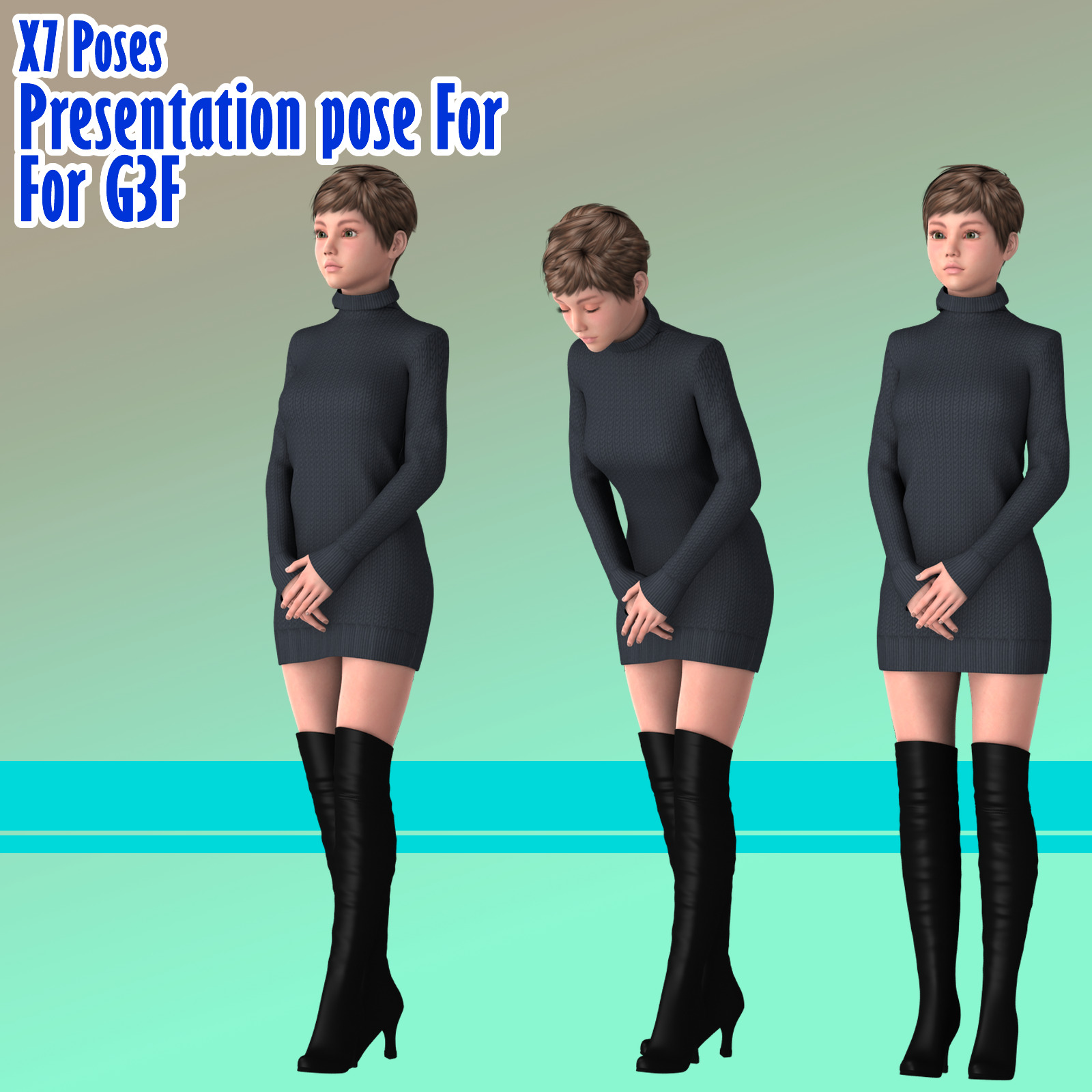


It is a form of parallel projection to project each projection line in a 3D view. The Orthogonal mode is a method projecting a three-dimensional object in two dimensions. To ensure you precisely set the T-pose for the character from the standard views. In order to display the wall grids, make sure the grid is ON (Shortcut: Ctrl + G) Orthogonal command to change the camera view to Orthogonal mode (Shortcut: Ctrl + Q). Go to the View > Camera Projection menu and select the Make sure the grid is On (Shortcut: Ctrl + G). Side View: Suitable for adjusting the front and back of Suitable for adjusting the hands, and the side views are useful for modifying theįront View: Suitable for adjusting the hand levels. Press the F or A, S keys to switch the camera to a front or side views of the character. If you known the 3D tool source from where your character was created, then you can use the Thus, if you set a T-pose for your custom character then the motions applied to it will Generated for characters with an initial T-pose. This is because the motions in iClone are all When you start the Convert to Non-Standard procedure, the first and the most important step is to set a T-pose for theĬharacter, no matter what the initial pose the character strikes. Manually Setting T-Pose Manually Setting a T-Pose


 0 kommentar(er)
0 kommentar(er)
